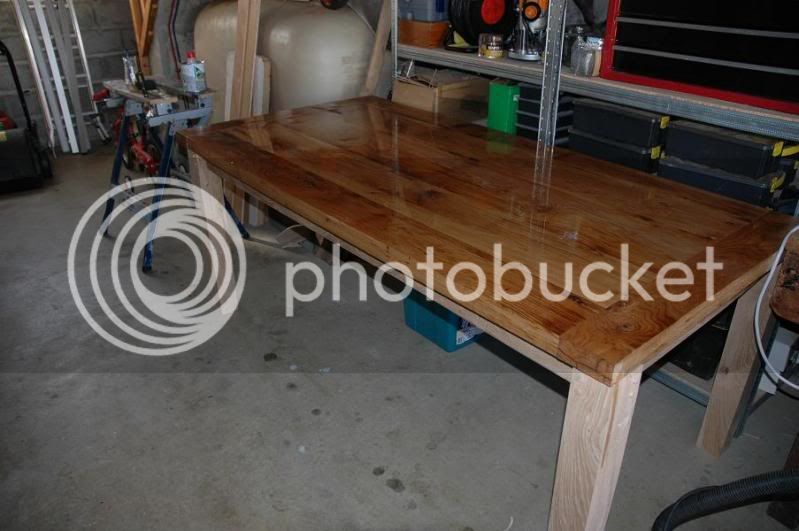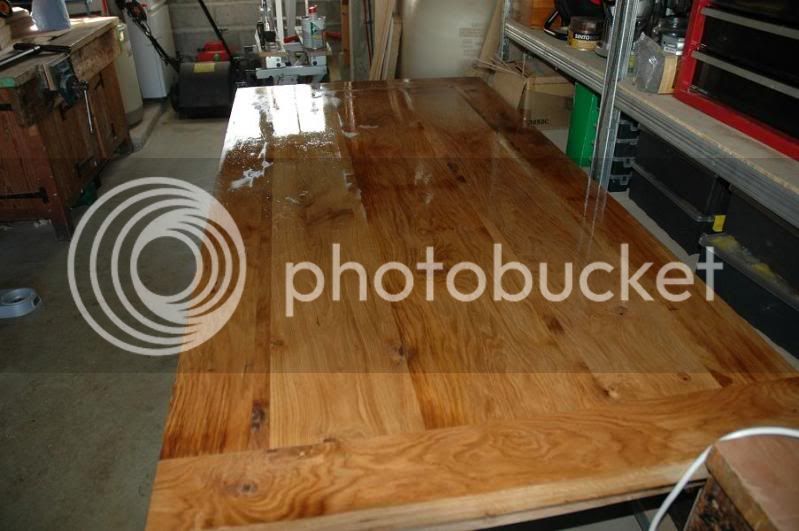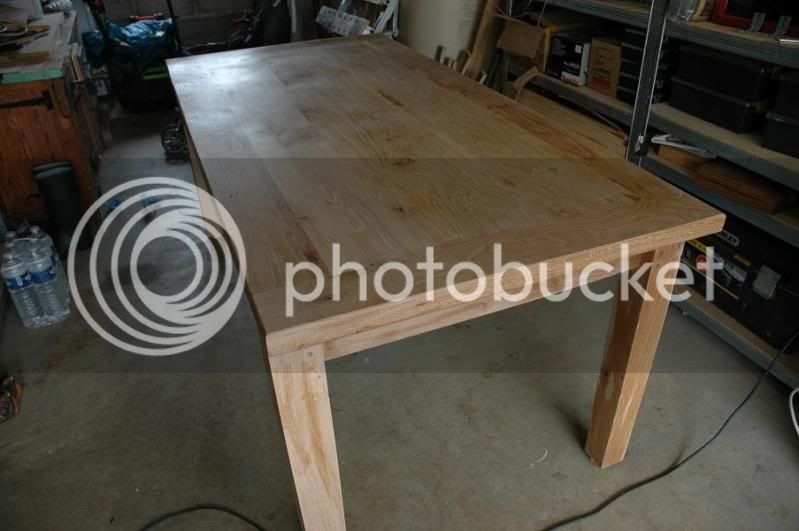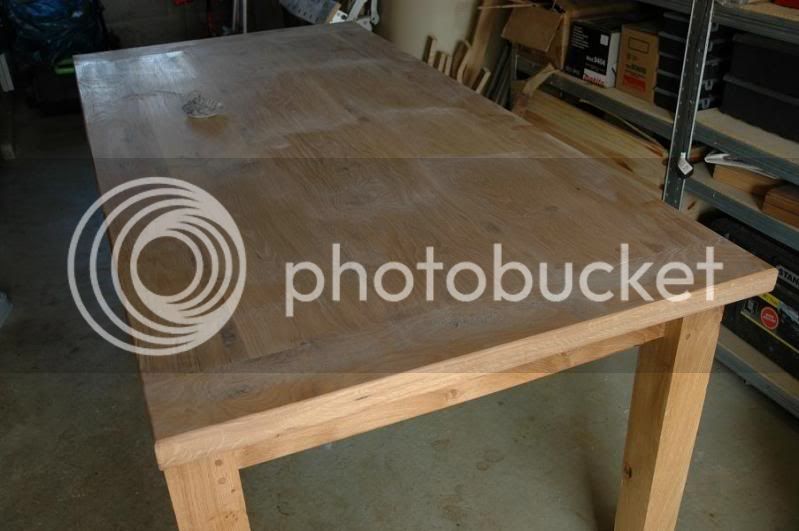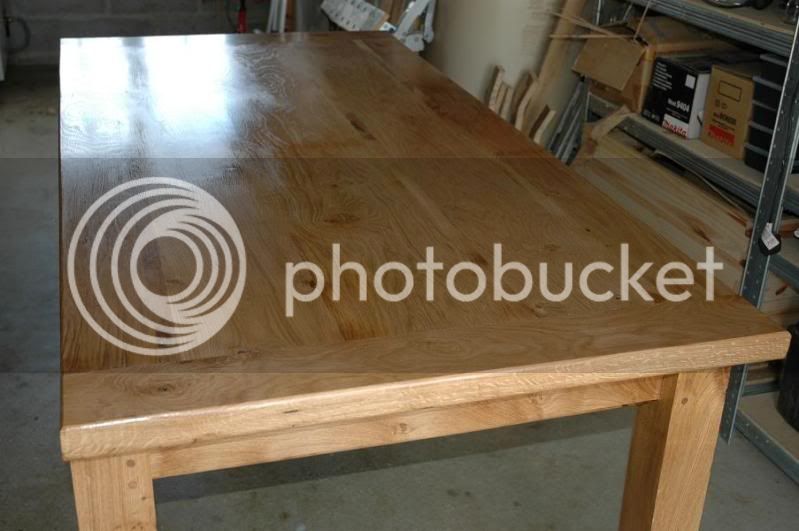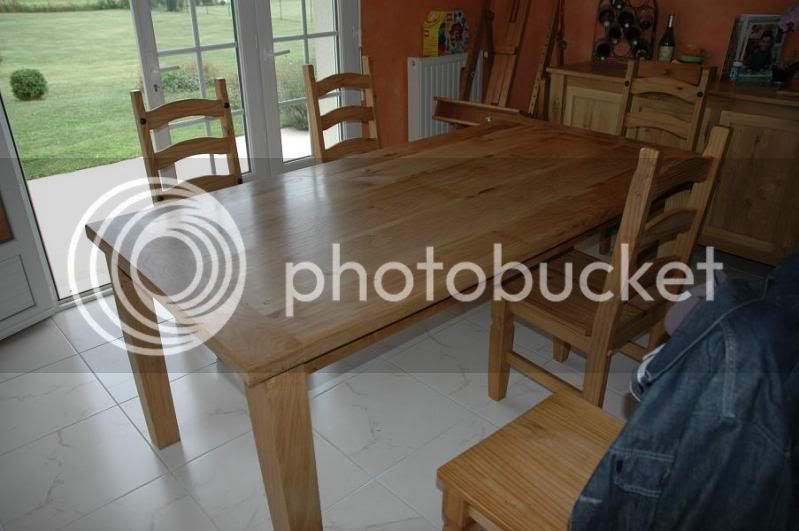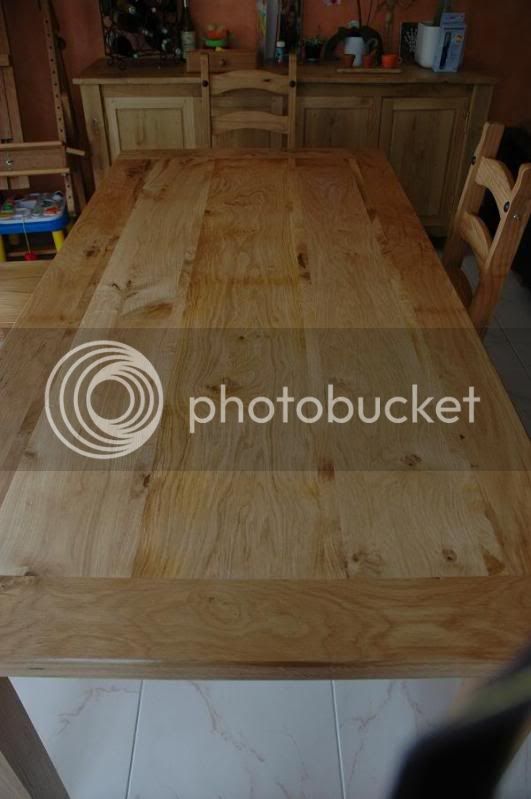Cut loads of dowels, drilled some holes in the legs, prepared the frame, and assembled.
I used the technique where you drill the leg first, then mark the tenons, inside de mortice, pull the tenon out again, and drill but closer to the shoulder than should be. this way, the dowel sorts of zigzag through the tenon, pulling it tight against the mortices shoulders.
works a threat !
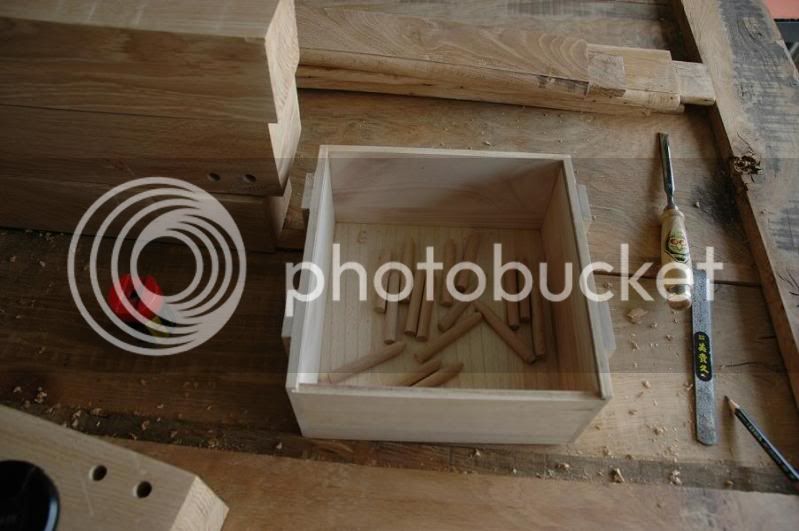
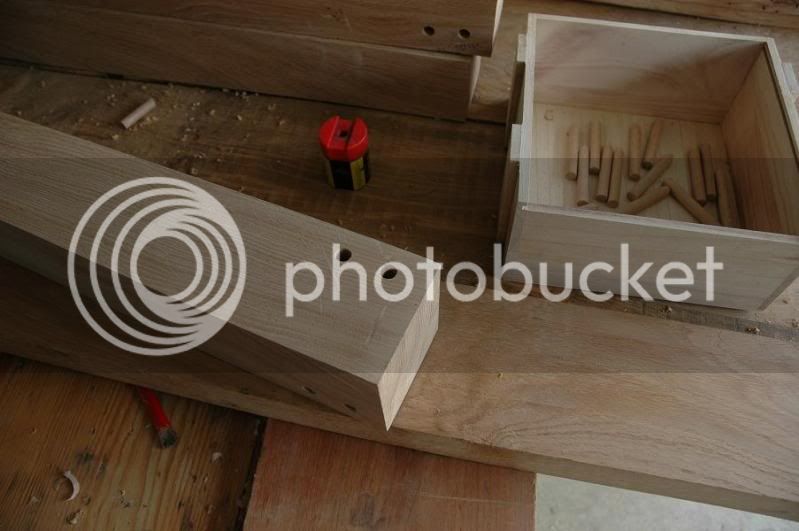
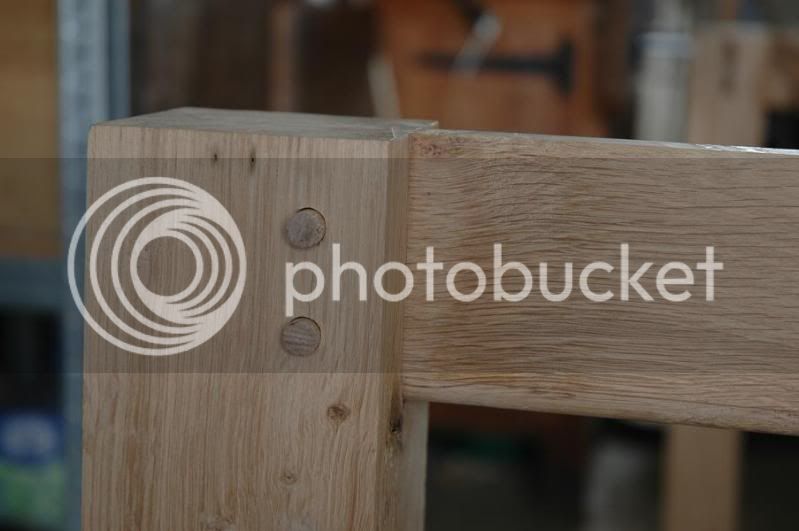
I used the technique where you drill the leg first, then mark the tenons, inside de mortice, pull the tenon out again, and drill but closer to the shoulder than should be. this way, the dowel sorts of zigzag through the tenon, pulling it tight against the mortices shoulders.
works a threat !








